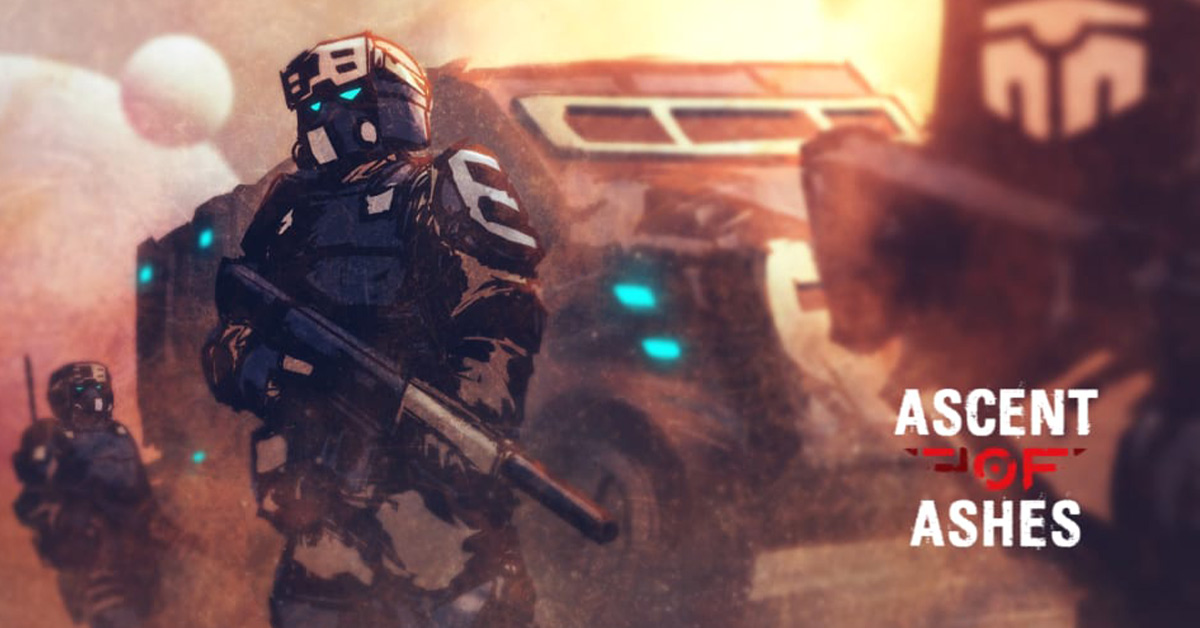Making video games is a complicated process, but it can be a lot of fun.
There are many different game makers available that can help you create your own 2D games.
Some of the top game makers are GameMaker: Studio, Construct 2, and Unity. These game makers allow you to create games with ease and have a lot of features to help you along the way.
If you’re interested in making your own 2D games, then these game makers are a great place to start.
1. Introduction: why making your own 2D games can be fun and rewarding
2. What you need: basic equipment and software for game making
3. Top game makers: RPG Maker, Unity, Construct 2
4. How to get started: tutorials and resources for game making
5. Tips for success: common mistakes and how to avoid them
1. Introduction: why making your own 2D games can be fun and rewarding
There are many reasons why making your own 2D games can be fun and rewarding. For starters, you have complete control over the game and can make it exactly how you want it. You’re also able to share your game with others and potentially make some money off of it.
Another great thing about making your own games is the sense of pride and accomplishment you’ll feel when you’re finished. It can be a lot of work, but it’s worth it when you see people playing and enjoying the game you created.
So if you’re thinking about making your own 2D game, go for it! It’s a great experience that can teach you a lot and potentially be very rewarding.
2. What you need: basic equipment and software for game making
To get started making your own 2D games, you’ll need some basic equipment and software. For equipment, you’ll need a computer with a good graphics card, plenty of RAM, and a fast processor. You’ll also need a mouse and keyboard. As for software, you’ll need a game engine, and a 2D graphics editor.
The game engine is the heart of your game, and it will handle all of the complex programming for you. There are a lot of different game engines to choose from, but some of the more popular ones are Unity, Unreal Engine, and GameMaker. 2D graphics editors are used to create the art for your game. Some popular 2D graphics editors are Photoshop, GIMP, and Paint.NET.
Once you have all of your equipment and software set up, you’re ready to start making your own 2D games!
3. Top game makers: RPG Maker, Unity, Construct 2
When it comes to creating 2D games, there are few game engines more popular than RPG Maker, Unity, and Construct 2. All three platforms offer a user-friendly interface and a wide range of features to make game development easier and more fun.
RPG Maker is a great choice for those who want to create RPGs. It comes with a drag-and-drop interface that makes creating maps and characters easy, and there is a large community of users who are always willing to help out with advice and tutorials.
Unity is a popular engine for 3D games, but it also has excellent 2D features. It offers a comprehensive set of tools for game developers, and its asset store is full of high-quality resources that can save you a lot of time and effort.
Construct 2 is a powerful engine for 2d game engines that uses events instead of code. This makes it ideal for beginners, as you don’t need to learn how to code to use it. It also has a large selection of templates and tutorials to help you get started.
4. How to get started: tutorials and resources for game making
Assuming you want a continue of the article:
“Now that you know the basics of what game making entails, as well as the different types of games you can create, you might be wondering how to get started. Luckily, there are plenty of resources out there to help you get started, whether you’re a beginner or a seasoned pro. Here are a few of the best:
Tutorials:
One of the best ways to learn how to make games is to simply follow along with a tutorial. There are plenty of great game making tutorials out there, for all kinds of games and all levels of experience. A few of our favorites include:
-How to Make a Video Game in Unity (for Beginners): This Unity tutorial is great for beginners because it walks you through the entire process of creating a simple 2D game, from start to finish.
-construct 2 Tutorials: These tutorials are geared towards beginners, and show you how to create a variety of different 2D games using the Construct 2 game engine.
-Making Your First Game: An Introduction to GameMaker: This tutorial series is aimed at beginners, and walks you through everything you need to know to get started with GameMaker Studio, from creating sprites to adding sound and programming your game logic.
-Create a 2D Platformer with Unity: This is another Unity tutorial, this time for a more advanced 2D platformer game. It goes over things like level design, creating enemies, and adding AI behavior.
Resources:
In addition to tutorials, there are also a number of great resources that can help you in your game making endeavors. Here are a few of our favorites:
-The GameMaker Marketplace: The GameMaker Marketplace is a great place to find art assets, sound effects, and other game making resources.
-opengameart.org: opengameart.org is a website with a huge database of free art assets that you can use in your games.
-freesound.org: freesound.org is a website with a huge database of free sound effects that you can use in your games.
-GameMaker Blog: The GameMaker Blog is a great resource for tips, tricks, and tutorials for GameMaker Studio.
-Unity Blog: The Unity Blog is another great resource for tips, tricks, and tutorials, this time for the Unity game engine.”
5. Tips for success: common mistakes and how to avoid them
When creating your own 2D game, there are a few common mistakes that can be made which can lead to frustration and a feeling of defeat. To help you avoid these mistakes, here are a few tips:
1. Not Planning Your Game: One of the most common mistakes made when creating a 2D game is not taking the time to plan everything out. This can lead to wasted time and resources, as well as a feeling of being overwhelmed. To avoid this, sit down and map out everything you want your game to include, from the storyline and characters, to the game mechanics and levels. Doing this will not only help you stayorganized, but will also give you a clear vision for your game, making it easier to create.
2. Not Testing Your Game: Another mistake that is often made is not testing the game before releasing it. This can be a huge mistake, as it can lead to players finding bugs and glitches that can ruin their experience. To avoid this, always take the time to test your game thoroughly before releasing it to the public.
3. Not Promoting Your Game: Once your game is released, you need to make sure you promote it properly. This means creating a good marketing campaign that will reach your target audience. Without promotion, your game will likely go unnoticed, which is a huge wasted opportunity.
4. Not Updating Your Game: After your game is released, you should continue to work on it and release regular updates. This will keep players engaged and coming back for more. Not updating your game can lead to players losing interest and moving on to other titles.
5. Not Being Original: One of the most important aspects of creating a successful game is being original. There are already a ton of games out there, so if you want yours to stand out, you need to offer something unique. copying another game will not only make your game feel uninspired, but will also lead to players feeling like they’ve already played it before. To avoid this, put your own spin on things and create something fresh and new.
Following these tips will help you avoid common mistakes and set you up for success when creating your own 2D game. By taking the time to plan, test, and promote your game, you’ll be well on your way to creating something players will love.
If you’re interested in making your own 2D games, there are a number of great game maker programs available. Some of the top game makers include RPG Maker, Unity, and GameMaker Studio. Each program has its own strengths and weaknesses, so be sure to do some research to find the one that’s right for you. Whichever program you choose, you’ll be well on your way to making your own great 2D games.

